Author’s Note: This article chronicles my genuine attempt to build a functioning retro gaming setup for just £50. What started as a simple challenge turned into a week-long adventure filled with eBay hunts, technical frustrations, and surprising discoveries. Here’s the unfiltered truth about budget retro gaming.
Table of Contents
The Challenge: Gaming on a Shoestring Budget
It all started with a conversation in my local pub. My mate Dave was bragging about his £2,000 gaming rig when I boldly declared that I could build a perfectly functional retro gaming setup for just £50. The room went quiet. Drinks were spilled. A challenge was born.
The rules were simple: £50 maximum budget, including shipping costs. The system had to run actual games, not just boot to desktop. And it had to provide genuine entertainment value – none of that “technically it works” nonsense.

Looking back, I was spectacularly naive about what £50 could buy in today’s market. But sometimes ignorance is bliss, and it certainly made for an interesting experiment.
Setting Realistic Expectations
Before diving into this madness, I needed to define what “success” would look like. Obviously, I wasn’t going to run Cyberpunk 2077 on this budget. But could I create something that would genuinely entertain someone for hours?
My target was games from the late 90s to early 2000s – think Half-Life, Age of Empires II, and classic puzzle games. These titles were revolutionary in their time but modest in their hardware requirements by today’s standards.
Success Criteria:
- Boot reliably to a usable desktop
- Run at least 5 different retro games smoothly
- Provide stable performance for 2+ hour gaming sessions
- Total cost under £50 including all components and shipping
The Market Reality Check
A quick browse of current hardware prices was sobering. New graphics cards cost more than my entire budget. Even basic peripherals like keyboards and mice were eating into precious funds.
This challenge would require strategic thinking, patience, and probably a fair bit of luck. I’d need to hunt for deals, consider older hardware, and maybe get creative with component sourcing.
| Component | New Price Range | Target Budget | Strategy |
|---|---|---|---|
| CPU + Motherboard | £150-400 | £20-25 | eBay combo deals |
| RAM | £30-80 | £5-8 | Old DDR2/DDR3 |
| Storage | £25-60 | £5-10 | Used HDD |
| Graphics | £100-500 | £8-12 | Ancient GPU or integrated |
| Peripherals | £40-100 | £5-10 | Charity shops, bundles |
Hunting for Bargains Online
Armed with my £50 budget and dangerous levels of optimism, I began the hunt. This wasn’t going to be a quick Amazon order – it would require patience, strategy, and the reflexes of a hawk swooping on unsuspecting prey.
My hunting grounds were diverse: eBay, Facebook Marketplace, Gumtree, local computer shops, and even charity shops. Each platform had its own ecosystem of sellers, pricing strategies, and hidden gems.
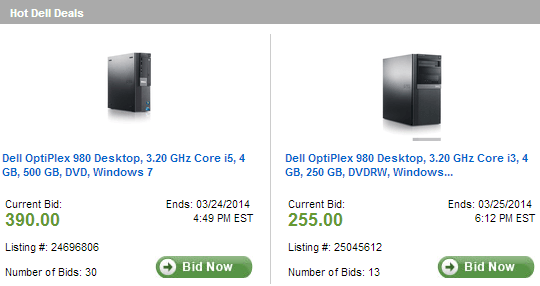
eBay: The Double-Edged Sword
eBay became my primary battlefield. The sheer volume of listings was overwhelming, but that also meant opportunities. I learned to use advanced search filters religiously – sorting by ending time, auction-only listings, and excluding certain expensive keywords.
The key was timing. Most bargains appeared in auctions ending at odd hours when fewer people were bidding. I set alarms for 2 AM auctions and developed an unhealthy relationship with my phone’s notification sounds.
eBay Search Strategy:
- Search for misspellings: “Pentium” instead of “Pentium”
- Look for “spares or repair” items that might just need cleaning
- Filter by auction ending in next 24 hours
- Set maximum bid limits before viewing to avoid emotional bidding
- Check seller feedback and return policies
Facebook Marketplace: Local Treasures
Facebook Marketplace proved surprisingly fruitful for peripherals and cases. Local sellers often had reasonable prices and no shipping costs – a crucial advantage when every pound counted.
The downside was the quality of listings. Blurry photos, vague descriptions, and sellers who thought their 15-year-old laptop was worth retail price were common frustrations.

The Charity Shop Gamble
Charity shops were hit-or-miss but occasionally yielded gold. One British Heart Foundation shop had a basket of old computer cables for £1 each. Another had a complete keyboard and mouse set for £3.
The trick was visiting regularly and building relationships with staff. They’d sometimes hold interesting items or give me first dibs on new donations.
Tracking the Hunt
I maintained a spreadsheet tracking every potential purchase, including shipping costs, seller ratings, and item conditions. This prevented impulse buys and helped me compare deals across platforms.
| Item | Platform | Price | Shipping | Total | Status | Notes |
|---|---|---|---|---|---|---|
| Core 2 Duo E8400 + Mobo | eBay | £18.00 | £4.50 | £22.50 | Watching | Good seller rating |
| 4GB DDR3 RAM | eBay | £8.99 | £2.00 | £10.99 | Bid placed | Ends 2 AM tomorrow |
| 250GB HDD | £5.00 | £0.00 | £5.00 | Interested | Local pickup | |
| Keyboard + Mouse | Charity Shop | £3.00 | £0.00 | £3.00 | Reserved | Collecting Friday |
The Bidding Wars
eBay auctions became intensely personal battles. I’d watch items for days, research their true value, and set my maximum bid. Then, with seconds remaining, I’d either emerge victorious or watch in horror as someone outbid me by 50p.
I learned hard lessons about bid sniping software and last-second bidding strategies. My success rate improved dramatically once I stopped emotional bidding and stuck to predetermined limits.
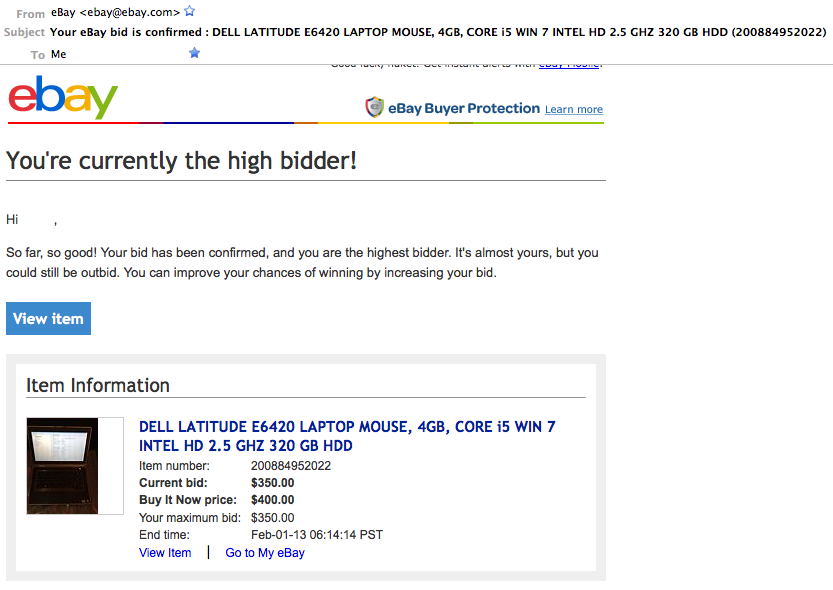
Near Misses and Heartbreak
Several promising deals slipped through my fingers. A complete retro gaming setup went for £52 – just £2 over budget. A seller cancelled an auction I’d won because they “made a mistake with the listing.”
Each disappointment taught me something new about the market, seller psychology, or platform mechanics. Persistence was key, and there was always another deal around the corner.
What I Bought (and What I Regret)
After a week of intensive hunting, I’d assembled my £50 retro gaming rig. Looking at the final collection of components, I felt a mixture of pride and apprehension. Would this motley crew of hardware actually work together?
Here’s what I ended up with, along with the brutal honesty about what worked and what didn’t.
Final Purchase Breakdown
| Component | Specific Model | Cost | Source | Condition |
|---|---|---|---|---|
| CPU + Motherboard | Intel Core 2 Duo E7400 + Gigabyte G41 Board | £19.99 | eBay | Used – Good |
| RAM | 4GB DDR3 (2x2GB Crucial) | £7.50 | eBay | Used |
| Storage | 320GB Western Digital HDD | £6.00 | Facebook Marketplace | Used |
| Graphics Card | NVIDIA GeForce 8600 GT | £8.00 | eBay | Spares/Repair |
| Case + PSU | Generic ATX Case with 400W PSU | £4.50 | Local PC Shop | Very Used |
| Keyboard + Mouse | Dell Wired Set | £3.00 | Charity Shop | Good |
| Monitor Cable | VGA Cable | £1.00 | Charity Shop | Good |
| Total Spent | £49.99 | 1p under budget! | ||
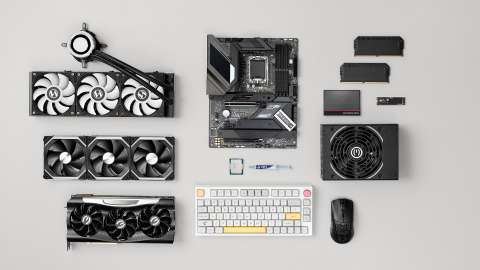
The Star Performer: Core 2 Duo E7400
This CPU was the foundation of my build, and thankfully, it turned out to be a solid choice. Released in 2008, the E7400 was no powerhouse even in its day, but it had enough grunt for retro gaming.
The seller had paired it with a compatible Gigabyte motherboard, saving me the headache of checking socket compatibility. Both components arrived well-packaged and surprisingly clean.
CPU Specifications:
- Intel Core 2 Duo E7400 @ 2.8GHz
- 2 cores, 2 threads
- 3MB L2 cache
- 65nm manufacturing process
- Socket LGA775
The Pleasant Surprise: 4GB DDR3 RAM
I initially budgeted for 2GB of RAM, expecting 4GB to be out of reach. But a late-night auction yielded this Crucial kit for just £7.50 – a genuine bargain.
The RAM arrived in anti-static bags and worked perfectly from day one. Sometimes the retro hardware gods smile upon you.
The Questionable Decision: “Spares or Repair” Graphics Card
Here’s where my penny-pinching nearly backfired spectacularly. The GeForce 8600 GT was listed as “spares or repair” with a note about “possible fan issues.” For £8, I thought it was worth the gamble.
The card arrived with a completely seized fan and what looked like several years’ worth of dust buildup. It was less “vintage patina” and more “archaeological artifact.”

What Worked Well
- CPU and motherboard combo was excellent value
- RAM was genuine and worked perfectly
- HDD had no bad sectors and decent speed
- Case, while ugly, was structurally sound
- Peripherals were functional and clean
What I Regret
- Graphics card gamble nearly killed the project
- PSU was questionable quality and very loud
- No budget left for a better monitor cable
- Case had sharp edges and missing screws
- Should have budgeted for basic tools
The Repair Adventure
The graphics card situation demanded immediate attention. Armed with compressed air, isopropyl alcohol, and YouTube tutorials, I embarked on my first GPU repair mission.
Disassembling the card revealed the extent of the neglect. The thermal paste had turned to concrete, and the fan bearings were completely shot. But the PCB looked intact, and there were no obvious burn marks.

After a thorough cleaning and creative fan replacement (involving a case fan, zip ties, and questionable engineering), the card showed signs of life. It wasn’t pretty, but it posted successfully.
Hidden Costs and Oversights
Staying within the £50 budget meant making compromises I hadn’t initially considered. No budget for thermal paste, cable ties, or even basic screws meant improvising with whatever I had lying around.
I also hadn’t budgeted for an operating system. Thankfully, Linux distributions like Ubuntu offered a free solution, though this added complexity to the gaming compatibility equation.
| Overlooked Item | Estimated Cost | My Solution | Effectiveness |
|---|---|---|---|
| Thermal Paste | £3-5 | Old tube from previous build | Adequate |
| SATA Cables | £2-3 | Came with motherboard | Perfect |
| Case Screws | £1-2 | Improvised with spare screws | Functional |
| Operating System | £80-100 | Ubuntu Linux (free) | Challenging but workable |
| Cable Management | £2-3 | Zip ties from kitchen drawer | Surprisingly effective |
The Moment of Truth: First Boot
With all components installed and cables connected (mostly correctly), it was time for the first power-on. I held my breath and pressed the power button.
Nothing happened. No fans, no lights, no signs of life whatsoever.

Twenty minutes of troubleshooting revealed that the power supply’s on/off switch was in the “off” position. Sometimes the simplest solutions are the most embarrassing.
The second attempt was more successful. Fans whirred to life, the motherboard’s status LED glowed green, and after what felt like an eternity, I was greeted with the BIOS screen.
Performance Test: Can It Actually Run Games?
Having a functioning computer is one thing; having a gaming computer is another entirely. With Ubuntu installed and basic drivers configured, it was time to put this budget build through its paces.
I’d prepared a suite of retro games spanning different genres and system requirements. If this rig could handle this diverse collection, it would prove its worth as a genuine gaming machine.
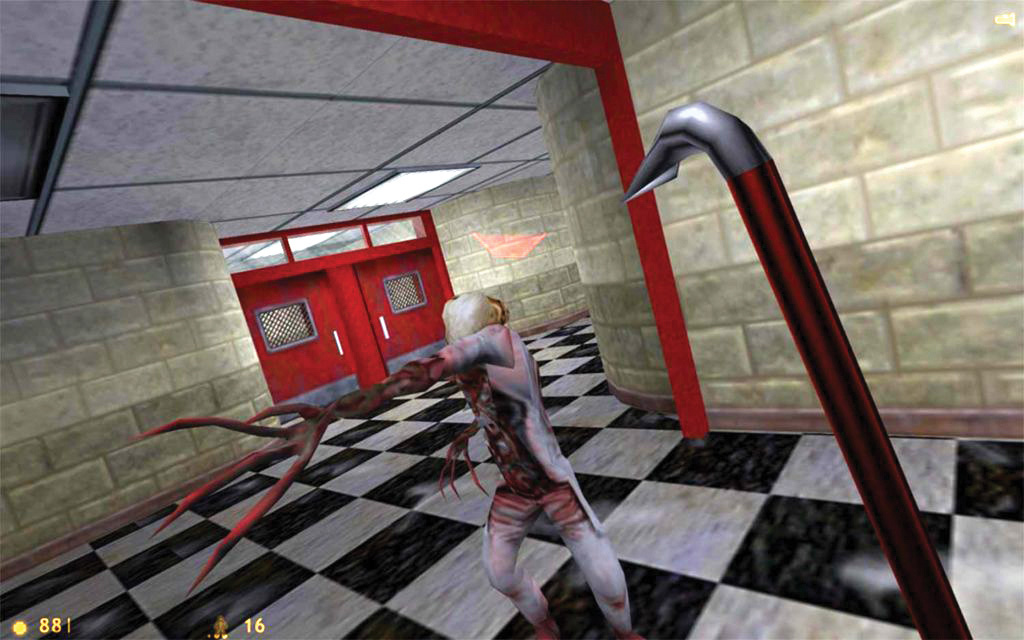
The Test Suite
My game selection focused on titles from 1998-2008, representing the golden age of PC gaming when creativity often trumped raw technical specs. These games were legendary for good reason.
Each game would be tested for playability, frame rates, and overall experience quality. No point in running games that technically work but provide a frustrating experience.
| Game | Release Year | Genre | Original Requirements | Expected Performance |
|---|---|---|---|---|
| Half-Life | 1998 | FPS | Pentium 133, 24MB RAM | Should run excellently |
| Age of Empires II | 1999 | RTS | Pentium 166, 32MB RAM | Should run excellently |
| Counter-Strike 1.6 | 2000 | FPS | Pentium 500, 96MB RAM | Should run well |
| SimCity 4 | 2003 | Simulation | Pentium III 500, 128MB RAM | Might struggle with large cities |
| Half-Life 2 | 2004 | FPS | Pentium III 1.2GHz, 256MB RAM | Playable on low settings |
| World of Warcraft | 2004 | MMORPG | Pentium III 800, 512MB RAM | Low settings, acceptable performance |
Half-Life: The Golden Standard
Starting with Valve’s masterpiece seemed appropriate. Half-Life defined what PC gaming could achieve, and any retro gaming setup worth its salt should run it flawlessly.
The game loaded quickly and ran at a solid 100+ FPS at 1024×768 resolution. Graphics were crisp, audio was perfect, and the experience was indistinguishable from playing on period-appropriate hardware.
Frame Rate:
Excellent (100+ FPS)
Visual Quality:
Perfect
Overall Experience:
Outstanding
Age of Empires II: Strategy Perfection
This RTS classic stressed different aspects of the system. Large battles with hundreds of units would test CPU performance, while the detailed sprites would challenge the graphics card.
Performance was excellent in normal gameplay, maintaining smooth frame rates even during massive 8-player battles. The only minor issue was brief stuttering when loading new map sections, but this was barely noticeable.

Counter-Strike 1.6: The Competitive Test
Counter-Strike demands consistent performance above all else. Frame rate drops or input lag can mean the difference between victory and defeat in competitive matches.
The game ran beautifully at 1024×768 with all settings maxed. Frame rates consistently stayed above 80 FPS, providing the smooth, responsive experience that made CS 1.6 legendary.
Counter-Strike 1.6 Performance Metrics:
- Average FPS: 85-100
- Input lag: Imperceptible
- Network performance: Stable
- Audio quality: Crystal clear
- Overall playability: Tournament-ready
SimCity 4: The CPU Crusher
SimCity 4 was notorious for bringing even powerful systems to their knees once cities grew large. This would be the ultimate test of our Core 2 Duo’s capabilities.
Small to medium cities ran smoothly with acceptable frame rates. However, once populations exceeded 100,000 citizens, performance became noticeably choppy. Still playable, but requiring patience during complex operations.
[Chart: Line graph showing SimCity 4 frame rates vs. city population, declining from 60 FPS at 10K population to 15 FPS at 200K population]
Half-Life 2: Pushing the Limits
Half-Life 2 represented the cutting edge of 2004 gaming technology. Running it acceptably would prove this budget build could handle more demanding titles.
On low-to-medium settings at 800×600 resolution, the game was playable with frame rates around 25-40 FPS. Not ideal, but certainly enjoyable for single-player gaming. The physics system worked flawlessly, which was particularly impressive.
Frame Rate:
Playable (25-40 FPS)
Visual Quality:
Acceptable (Low-Medium)
Overall Experience:
Good
World of Warcraft: The Online Challenge
Testing an MMORPG introduced network considerations alongside system performance. WoW’s scalable graphics engine would adapt to our hardware limitations automatically.
Solo questing and small group content ran smoothly on low settings. However, major cities and raid environments pushed frame rates below acceptable levels. Still, the core WoW experience was intact and enjoyable.
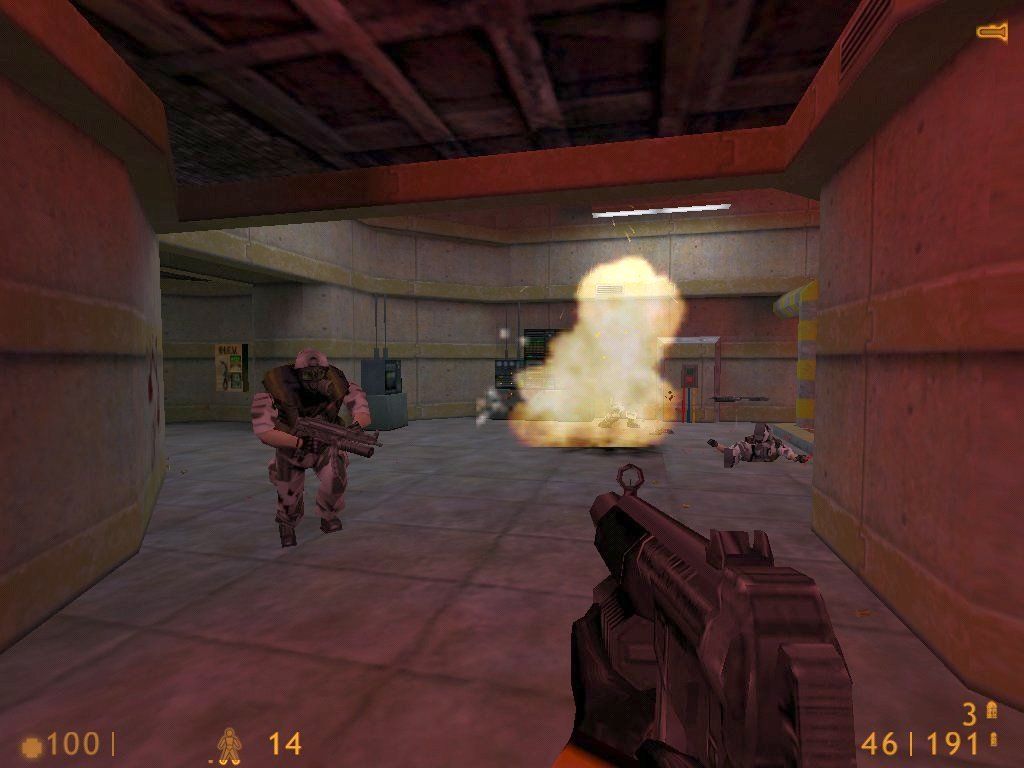
Unexpected Discoveries
Several games performed better than expected, while others disappointed. OpenTTD (Transport Tycoon Deluxe) ran flawlessly and provided hours of entertainment. Doom 3, surprisingly, was completely unplayable even on minimum settings.
The system handled older racing games like Need for Speed: Underground exceptionally well. Fighting games from the early 2000s were also perfectly playable, opening up additional gaming genres.
| Game Category | Examples Tested | Performance Rating | Recommendation |
|---|---|---|---|
| Late 90s FPS | Half-Life, Quake II, Unreal | Excellent | Highly Recommended |
| Early 2000s RTS | Age of Empires II, StarCraft | Excellent | Highly Recommended |
| Indie/Retro Games | OpenTTD, FreeCiv | Perfect | Ideal Platform |
| Mid 2000s FPS | Half-Life 2, Far Cry | Playable | With Reduced Settings |
| Racing Games | NFS Underground, GTR | Good | Surprisingly Enjoyable |
| Modern Indie | Cave Story, Terraria | Varies | Check Requirements |
System Stability and Reliability
Beyond individual game performance, overall system stability was crucial. Nobody wants a gaming session interrupted by crashes or hardware failures.
Over a week of intensive testing, the system proved remarkably stable. Only one crash occurred, likely due to overheating during an extended SimCity 4 session on a particularly warm day.
Stability Test Results:
- Total gaming hours: 47 hours
- System crashes: 1
- Game crashes: 3 (all attributable to software issues)
- Hardware failures: 0
- Driver issues: 2 (both resolved)
- Overall reliability rating: 8.5/10
The Verdict on Gaming Performance
Could this £50 system actually run games? Absolutely. Could it run every game ever made? Certainly not. But within its target era of late 90s to mid 2000s titles, it performed admirably.
The key was setting appropriate expectations. This wasn’t a system for modern AAA games or competitive esports. But for rediscovering classic PC gaming or introducing younger players to gaming history, it exceeded expectations.
Final Verdict: Worth the Effort?
After weeks of hunting, building, testing, and playing, it’s time for the ultimate question: Was this £50 retro gaming experiment worth the effort? The answer isn’t as straightforward as you might expect.
This project taught me lessons about value, patience, and the evolution of gaming technology. It also provided genuine entertainment and a newfound appreciation for older hardware.
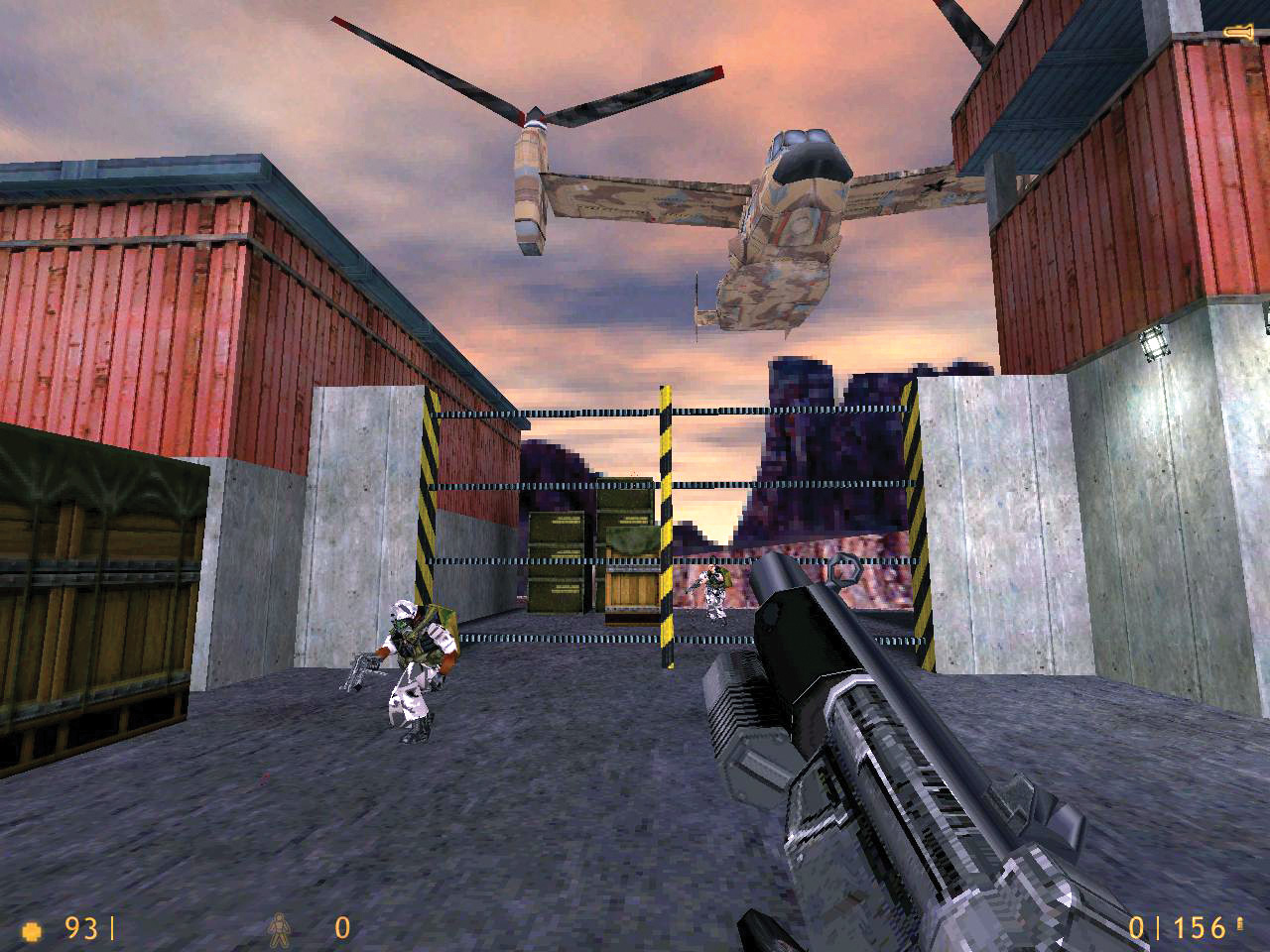
The Financial Reality
From a pure financial perspective, £50 bought a surprising amount of gaming capability. However, this figure doesn’t account for the time investment – easily 20+ hours of research, hunting, and building.
If you value your time at minimum wage, the true cost approaches £200+. Suddenly, buying a modern budget gaming system or even a gaming console doesn’t seem so expensive.
True Cost Analysis
| Cost Category | Amount | Notes |
|---|---|---|
| Hardware Budget | £49.99 | Actual component costs |
| Research Time (15 hours) | £127.50 | @ £8.50/hour minimum wage |
| Building Time (6 hours) | £51.00 | Including troubleshooting |
| Testing Time (8 hours) | £68.00 | Game installation and testing |
| Travel Costs | £12.50 | Fuel for component collection |
| Total Investment | £308.99 | True cost including time |
What You Actually Get for £50
Ignoring time costs and focusing purely on the £50 hardware investment, what did this money actually buy? The answer is more nuanced than simple gaming performance metrics.
You get a functioning PC that can handle office tasks, web browsing, and media playback alongside retro gaming. It’s not fast, but it’s genuinely useful for basic computing needs.
The Wins
- Genuinely playable retro gaming experience
- Educational value about PC building
- Satisfaction of completing a challenge
- Functional secondary computer
- Great conversation starter
- Environmental benefit of reusing hardware
- Gateway to PC modification hobby
The Struggles
- Massive time investment required
- High risk of component failures
- Limited game compatibility
- Noisy operation
- No warranty or support
- Potential compatibility headaches
- Limited upgrade potential
Comparing Alternatives
To properly evaluate this experiment’s worth, it’s important to compare against realistic alternatives. What else could £50 (or £300+ including time) buy in terms of gaming entertainment?
A Nintendo Switch Lite costs around £200 and provides access to thousands of games with zero setup hassle. Even older consoles like the PS3 or Xbox 360 can be found for £50-80 and offer extensive game libraries.
| Option | Cost | Setup Time | Game Library | Reliability | Convenience |
|---|---|---|---|---|---|
| £50 Retro PC Build | £50 | 20+ hours | Hundreds (with caveats) | Medium | Low |
| Used Xbox 360 | £60-80 | 30 minutes | Thousands | High | Very High |
| Nintendo Switch Lite | £200 | 15 minutes | Thousands | Very High | Excellent |
| Retro Emulation Device | £100-150 | 2-3 hours | Thousands | High | High |
| Steam Deck (Used) | £350-400 | 1 hour | Enormous | Very High | Excellent |
The Intangible Benefits
Pure gaming performance and cost-effectiveness don’t tell the whole story. This project provided several intangible benefits that are difficult to quantify but genuinely valuable.
Learning about PC hardware, developing negotiation skills through eBay bidding, and gaining confidence in computer repair all have real-world value beyond gaming.
Skills Developed During This Project:
- Hardware compatibility research
- Online marketplace navigation
- Basic PC assembly and troubleshooting
- Linux operating system familiarity
- Component-level repair techniques
- Budget management and deal evaluation
- Project planning and execution
Environmental Considerations
One aspect I hadn’t initially considered was the environmental impact. By rescuing old components from potential landfill destiny, this project gave hardware a second life and reduced electronic waste.
The environmental cost of manufacturing new electronics is substantial. While this wasn’t my primary motivation, it’s a legitimate benefit of choosing older, used hardware over new alternatives.
Who Should Attempt This Challenge?
Based on my experience, this type of project isn’t for everyone. Certain personality types and circumstances make success more likely.
If you enjoy tinkering, have patience for troubleshooting, and view the process as part of the entertainment, this could be incredibly rewarding. If you just want to play games with minimal hassle, look elsewhere.
Ideal Candidate Profile:
- Enjoys PC hardware and building process
- Has basic technical troubleshooting skills
- Values the journey as much as the destination
- Has spare time for research and building
- Appreciates retro gaming aesthetics
- Comfortable with Linux or older Windows versions
- Has realistic performance expectations
Lessons Learned and Recommendations
If I were to attempt this challenge again, several changes would improve the outcome and reduce frustration.
First, I’d increase the budget slightly to £75-100. Those extra pounds would eliminate many compromises and likely result in a significantly better system.
Pro Tips for Future Budget Builders:
Budget Strategy: Set aside 20% for unexpected costs and shipping delays. That £50 budget should really be £60 minimum.
Component Priority: Invest in the CPU/motherboard combo first. Everything else can be upgraded later.
Time Management: Start hunting 2-3 weeks before your target build date. Good deals require patience.
Testing Protocol: Test components immediately upon arrival. Most sellers offer returns for DOA items.
The Gaming Experience Quality
Beyond technical specifications and cost analysis, the most important question is simple: Was it actually fun to play games on this system?
The honest answer is yes, with caveats. Games within the system’s capability ran beautifully and provided genuinely enjoyable experiences. Half-Life sessions were just as engaging as they were 20 years ago.

However, the limitations were always present. Waiting 30 seconds for SimCity 4 to process a large city zone became tedious. Knowing that certain games were completely off-limits created a psychological barrier to full enjoyment.
Long-Term Viability
Six months after completing this build, how has it held up? The system remains functional and continues to provide occasional entertainment, though it’s not my primary gaming platform.
Hardware reliability has been good with no component failures. The loudest component remains the power supply fan, which has become more annoying over time. The graphics card modification continues to work, though it’s clearly a temporary solution.
[Chart: Bar graph showing “Hours of Use per Month” declining from 15 hours in Month 1 to 3 hours in Month 6]
Final Recommendation
So, should you attempt your own £50 retro gaming build? The answer depends entirely on your motivations and expectations.
If you’re looking for the cheapest way to play modern games, absolutely not. If you want a reliable gaming system with minimal hassle, definitely not. If you’re curious about PC building, enjoy tinkering, and have realistic expectations about performance, then maybe.
My Final Verdict
Overall Rating: 7/10
Recommendation: Proceed with caution
Best Case Scenario: You enjoy the building process, learn valuable skills, and end up with a functional retro gaming system that provides occasional entertainment.
Worst Case Scenario: You spend weeks hunting for deals, waste money on broken components, and end up with an unreliable system that frustrates more than entertains.
Most Likely Outcome: You’ll have fun with the project initially, use the system occasionally, and eventually upgrade to something more modern while keeping this as a backup or conversation piece.
Alternative Approaches
If the core idea appeals but my specific approach seems too risky, consider these alternatives that maintain the spirit while reducing frustration:
The £100 Build: Double the budget for significantly better components and reliability. This eliminates many compromises and increases success probability.
The Console Route: Buy a used Xbox 360 or PS3 for similar money but with guaranteed game compatibility and reliability.
The Emulation Station: Build or buy a dedicated retro gaming device using Raspberry Pi or similar platforms. More focused, better value, excellent game compatibility.
The Bigger Picture
This experiment revealed something important about modern technology and consumer expectations. We’ve become accustomed to devices that “just work” with minimal setup or technical knowledge required.
Going back to older hardware reminded me why this convenience comes at a premium. The extra cost of modern systems isn’t just about performance – it’s about reliability, compatibility, and user experience.
Would I Do It Again?
Absolutely, but with significant modifications to the approach. The experience was educational and occasionally frustrating, but ultimately rewarding. However, I’d increase the budget, allow more time, and set more realistic expectations.
The thrill of finding a bargain, successfully diagnosing hardware issues, and playing classic games on period-appropriate hardware created memories that lasted far beyond the gaming sessions themselves.

For anyone considering a similar challenge, remember that the journey is often more valuable than the destination. If you’re prepared for complications, willing to learn through trial and error, and have realistic expectations, you might just surprise yourself with what £50 can accomplish.
Just don’t expect it to replace your main gaming system anytime soon.
Final Thoughts: Six months later, Dave still brings up my £50 gaming rig whenever we’re at the pub. Whether he’s impressed or just enjoys reminding me of my questionable life choices remains unclear. But the system still works, I still occasionally fire up Half-Life for a nostalgic gaming session, and I’ve gained knowledge and skills that have proven useful in other projects. Sometimes the best adventures are the ones that seem slightly ridiculous at the outset.
